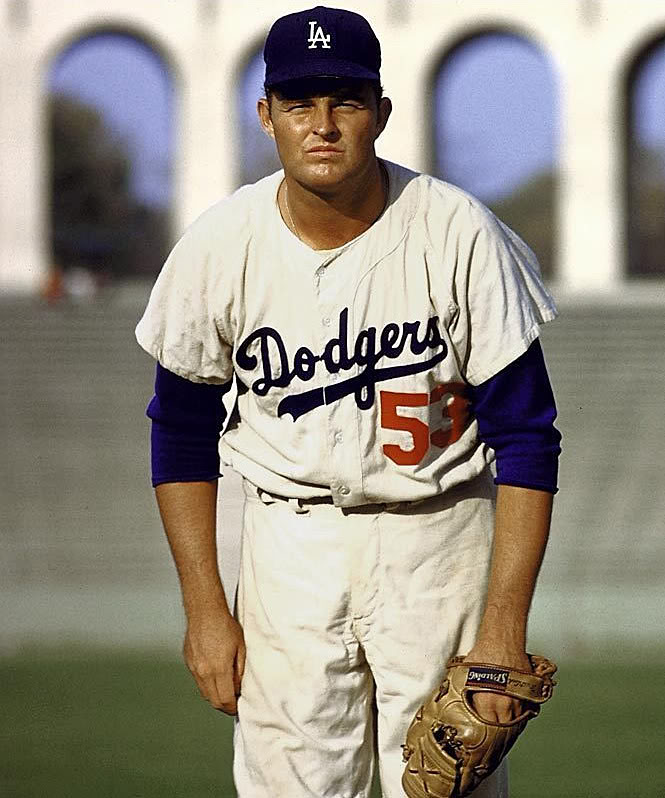If you were a baseball fan prior to the 70’s you recall the fundamentals of playing the game the “right” way: complete games by starting pitchers; hitters used the sacrifice bunt to move runners into scoring position; hit the curve ball to the opposite field; choke up with two strikes and put the ball in play; four-man starting rotations; and, if one of our hitters is hit by a pitch then two of yours are going down. (OK, that may have only applied for Don Drysdale).

Over the last several decades the game has evolved, and paradigms have shifted to: five-man starting rotations; designated hitters; starting pitchers are replaced before throwing 100 pitches; bullpens have long-men, specialists, setup men, and closers; sacrifice bunts and stealing are seldom used; strike outs are not that bad; emphasis on hitters’ launch angles and exit velocities.
Less noticeable is the transformation of MLB teams’ front offices over the last 17 years. In 1977 Bill James published his first edition of ‘Baseball Abstracts’ which looked at MLB in a more detailed, statistical analyses; e.g., Sabermetrics. In 2002, Oakland A’s General Manager Billy Bean took Sabermetrics to another level, forever changing the game by using statistical analyses for player acquisitions, roster development, and game tactics. Today’s executives, many with Master’s Degrees from prestigious universities like Harvard, Yale, Wharton, and Stanford, have taken statistical analyses to even higher levels, including algorithm optimized lineups and projecting player future performance value.
So why is the evolution of MLB front offices important? In a word, MONEY! In particular, money for free agents and contract values in trades.
One hypothesis is that players and agents are continuing to operate under an old paradigm; that players should be rewarded based on past statistical performance AND for the years early in their careers when they provided much more value to their respective teams than what they received in compensation. But the current generation of front office executives are offering contracts based on the expected future value of players and with data in hand that players’ value decline later in their careers.
Players, their agents, and the Players Association point to the possibility of collusion by owners (happened several times in the past), but it is more likely that executives using the same data, with similar computer models, are simply coming up with the same answers without colluding — long term, nine-digit contracts are not financially sound, and the players and their agents don’t like it.
* * * * *




 February 10th, 2019 at 8:00 am
February 10th, 2019 at 8:00 am  by 0799291000348
by 0799291000348  Posted in
Posted in 

But you put my father’s favorite Dodger on the article!
One of my favorites as well. Over the years Vin Scully shared with us many great stories about Big D. Like Hodges and Wills, Drysdale died much too early.
Maury is still alive. I think you meant Jim Gilliam.
Yes indeed. Brain said Gilliam, fingers typed Wills. Thanks
Is this pic taken at the coliseum???🏟
Yes, parastyle end in the background.
Then they should pay them earlier in their careers when they are producing for their teams.
Agreed, but one of the problems with the current pay structure in the collective bargaining agreement
I wish it was still my father’s and grandfather’s MLB. Some damn great baseball in those days
“But the current generation of front office executives are offering contracts based on the expected future value of players and with data in hand that players’ value decline later in their careers.”
Sounds like what happens in the “real world”. Agreed, It always comes back to money.
“One hypothesis is that players and agents are continuing to operate under an old paradigm; that players should be rewarded based on past statistical performance AND for the years early in their careers when they provided much more value to their respective teams than what they received in compensation.”
Not sure this was ever the “old paradigm”. The guy in the picture above and another guy named Koufax had a hard time getting rewarded for past performance prior to the 1966 season.
Interesting point about Koufax and Drysdale, their decision to negotiate together for better deals led to language in the collective bargaining agreement that prevents teams AND players from colluding. Teams may not act in concert with other teams and players may not act in concert with other players.
I’ve always wondered why we didn’t see players teaming up in negotiations. I didn’t know that the CBA forbids it.
Thanks.
👍